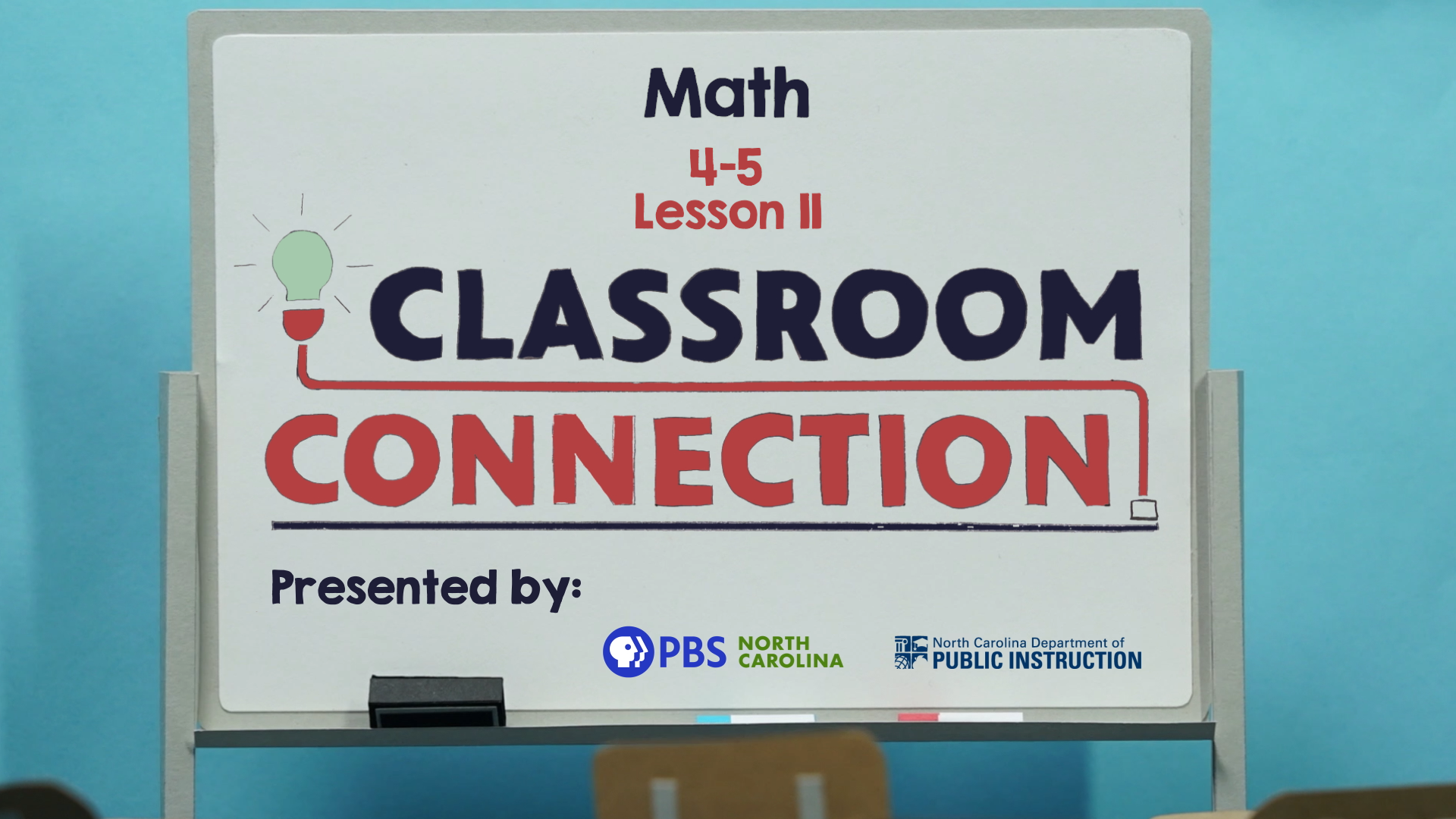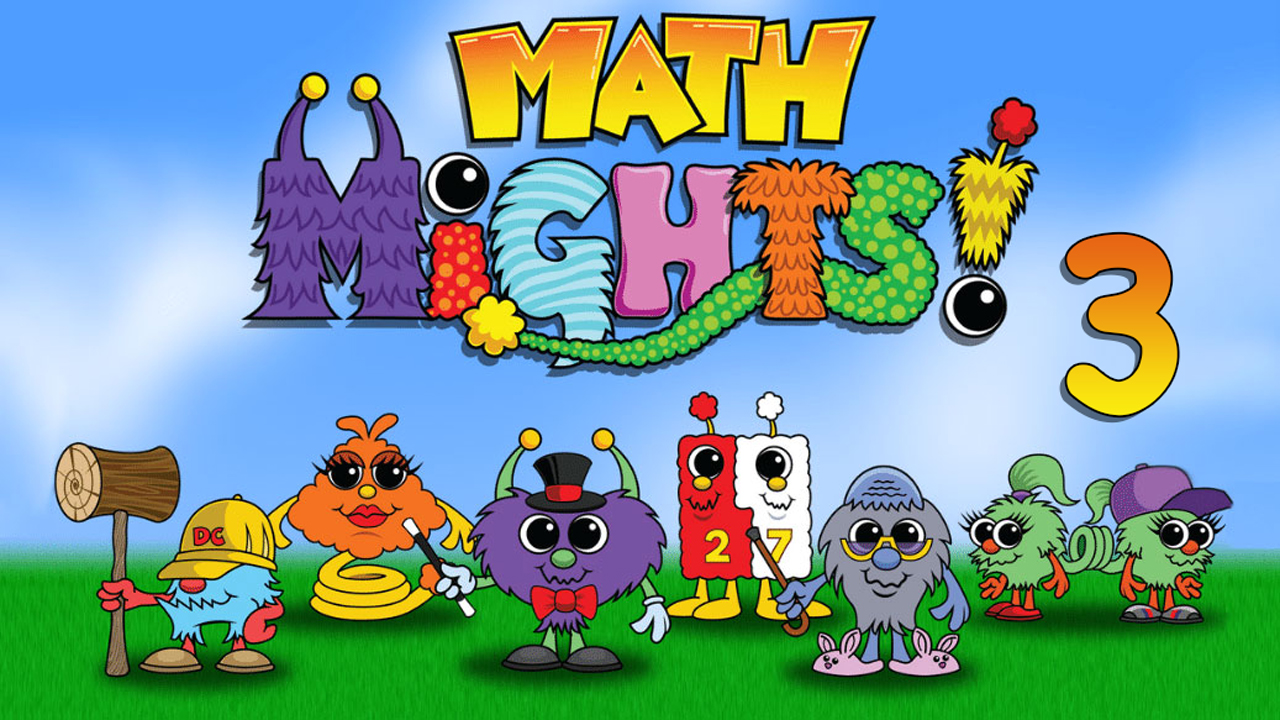Interpret whole-number quotients of whole numbers, e.g., interpret 56 ÷ 8 as the number of objects in each share when 56 objects are partitioned equally into 8 shares, or as a number of shares when 56 objects are partitioned into equal shares of 8 objects each. For example, describe a context in which a number of shares or a number of groups can be expressed as 56 ÷ 8.
Standard Type
Michigan State Math StandardsRelated Lessons

3rd Grade
Division: Representation
Lesson 11
Mr. Lineberger wants to plant a garden. Help him visualize and represent his garden. We can use division to help him plan how he'll use all the veggies he plans to grow.

3rd Grade
Compare Fractions
Lesson 317
Join Ms. Askew for a Mystery Math Mistake. Can you find her division mistake? We'll compare fractions with number lines!

3rd Grade
Compare Fractions with the Same Numerator
Lesson 318
Join Ms. Askew for a Mystery Math Mistake. Can you find her division mistake? We'll compare fractions that have the same numerator.

3rd Grade
Equivalent Fractions
Lesson 315
Join Ms. Askew for a Mystery Math Mistake. Can you find her division mistake? We'll use number lines, fraction strips, and area models to find equivalent fractions!

3rd Grade
Equivalent Whole Numbers as Fractions
Lesson 316
Join Ms. Askew for a Mystery Math Mistake. Can you find her division mistake? D.C is going to help us understand how to decompose fractions to make a whole number!
